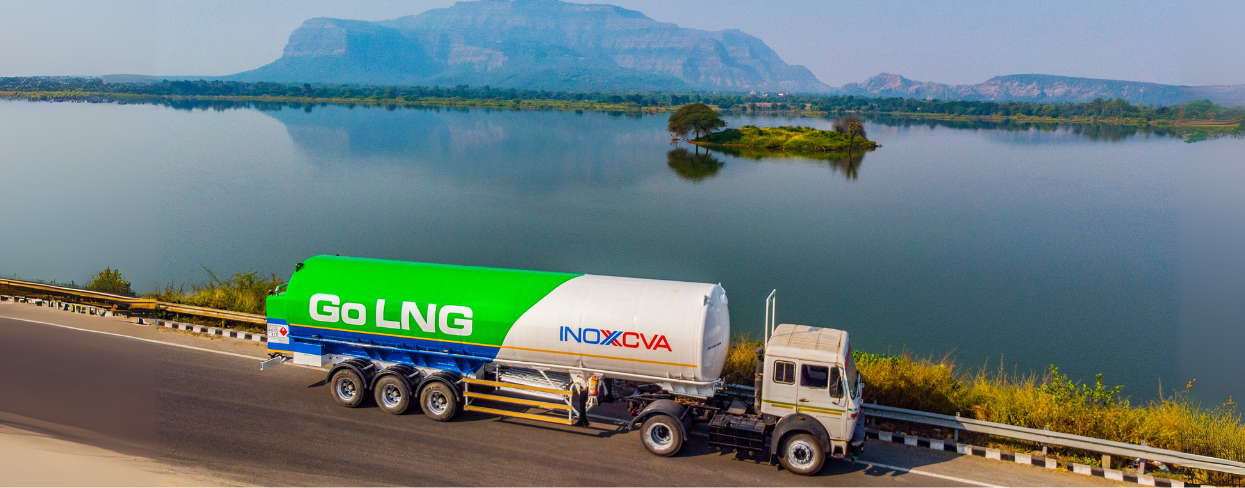Evolving with Energy Demands
Back in the 1940s, when LNG first entered commercial use, it primarily served as a backup fuel. Stored in fixed tanks, regasified, and fed into pipelines, to meet short-term spikes in demand. Over time, engineering progress transformed LNG’s role. By the late 1950s and 1960s, dedicated carriers and large-scale exports became possible. The 1970s saw continued growth with import-export terminals being set up globally. Since then, LNG has grown from a niche solution to one of the key players in the world’s energy landscape. Given its lower emissions and cleaner-burning profile, LNG is well-positioned to play a bigger role in tomorrow’s energy systems.
Smarter Systems, Not Just Bigger Ones
The core technologies that drive the LNG value chain—like liquefaction units, cryogenic tanks, heat exchangers, and regasification systems—have been around for decades. What’s changing is the efficiency with which these systems work together. The focus is no longer on reinventing every component, but on fine-tuning performance and minimising energy losses at every stage. High-efficiency gas turbines, especially aero-derivative models, are a step forward in this direction. They offer over 60% thermal efficiency and deliver up to a 3% gain in overall plant performance. In addition, they are lighter, emit less CO₂, and are well-suited for compact or offshore installations.
Another major shift is the rise of modular construction. Instead of building on-site, equipment systems are now assembled in controlled fabrication yards and shipped as ready-to-install modules. This not only improves quality and safety but also reduces costs and timelines. Modular solutions and compact designs are particularly useful for floating LNG units, which follow similar principles as land-based plants but need to fit into tighter footprints. This calls for smarter layouts and adapted engineering to ensure the same performance in a much smaller space.
A New Chapter in LNG Infrastructure: The Rise of Floating and On-shore Solutions
The maritime energy sector is entering an exciting new phase, and floating LNG infrastructure is leading the charge. Floating solutions, such as Floating Storage and Regasification Units (FSRUs) and modular mini-LNG terminals, are redefining how we deliver cleaner fuel to ships and coastal destinations. These systems offer unmatched mobility, lower upfront costs, and rapid deployment, laying the foundation for a future-ready energy ecosystem.
Here’s how floating solutions are shaping the LNG landscape:
- FSRUs (Floating Storage and Regas Units) eliminate the need for complex onshore infrastructure. They can be redeployed as demand shifts and are available for lease, making them a cost-effective alternative to building land-based terminals.
- On-shore Mini-LNG terminals, like INOXCVA’s modular units, integrate receiving, storage, and regas capabilities into compact systems. Ideal for remote or island settings, these terminals enable faster installation and phased scaling, bringing LNG access to traditionally underserved regions.
As regulations push fleets toward low-emission fuels and dual-fuel vessels become more common, floating solutions are providing the adaptable, efficient infrastructure needed to anchor this transition. From coastal ports to ocean routes, floating infrastructure is powering the shift toward sustainable shipping and smarter energy systems worldwide.
Traditionally, LNG has powered global shipping, and its role as a mainstream bunker fuel is now accelerating fast. Driven by the IMO 2020 mandate on low sulfur emissions and backed by a growing fleet, LNG-powered vessels, many equipped with dual-fuel engines, offer substantial reductions in greenhouse gas, NOₓ, and SOₓ emissions.
The LNG bunkering market is experiencing explosive growth, with a value of around US $8.29 billion in 2024, projected to skyrocket to over US $202 billion by 2033—a dramatic 42.6% CAGR. To match rising demand, infrastructure is rapidly evolving: more than 191 ports now offer LNG bunkering, and 64 delivery vessels are already in service
This evolving landscape is shaped by the demand for scalable and reliable LNG infrastructure. This is where INOXCVA plays a vital role. With decades of cryogenic expertise, we offer a wide range of LNG storage tanks, transport tanks, microbulk systems, and vaporizers that are engineered for long-term performance, safety, and flexibility. Our storage tanks are designed to meet the demands of both stationary and mobile LNG applications, with customization options for varied capacities, pressures, and insulation types.
Whether for small-scale decentralized energy hubs, offshore bunkering stations, or large-scale industrial use, INOXCVA solutions are built to adapt to the future. As cleaner fuels become the global priority, our technology and engineering continue to power progress—quietly, reliably, and at cryogenic precision.

